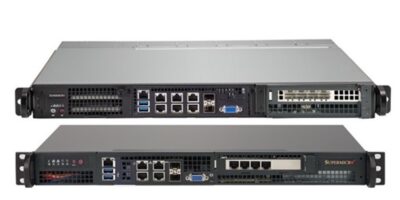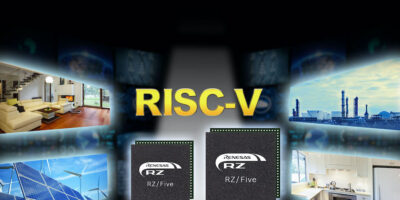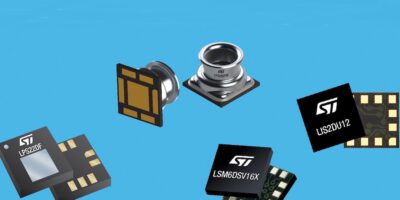Servers based on Intel’s Xeon D processors have been launched by Supermicro Computer at MWC in Barcelona.
The E300,110D and 510D servers incorporate the latest Intel Xeon D-1700 and Intel Xeon D-2700 processors. They are designed for ruggedised environments where the power and performance of the Intel Xeon D processors are needed to meet demanding service level agreements (SLAs) says Supermicro.
The SYS-E300 incorporates an Intel Xeon D processor with four, eight or 10 cores and up to 256Gbyte of DDR4 memory in a 1U mini-server case. The SYS-510D model offers larger amounts of storage and a total of four 1G and two 25G Ethernet ports, while the SYS-110D servers contain CPUs with up to 20 cores and 512Gbyte of memory. Each system includes the Intel Xeon D processor with an SoC for the edge with built-in AI, security, advanced I/O, and dense computing.
Organisations that deliver services to the edge will be able to process increasing amounts of data acquired at the edge using these servers, says Supermicro. The Supermicro SYS-110D server includes a single Intel Xeon D processor, with a TDP up to 125W and a PCI-E 4.0×16 slot. Various I/O options are available, and up to two 2.5-inch SATA/U.2 drives can be installed. Redundant power supplies are available, whether AC or DC power is needed.
“The new Intel Xeon-D processors are specifically designed for processing at the edge of the network, with dense compute and high-performance network connectivity that delivers high data throughput from the edge that businesses demand,” explained Jeni Panhorst, Intel vice president and general manager, Network & Edge Platforms division.
The SYS-E300 product line contains up to two SATA drives. Popular application areas are networking applications such as firewalls and universal customer premises equipment, which consolidates processing and networking needs in an easy-to-use compact form factor.
Visit Supermicro at MWC (Hall 5, Booth 5D66)







